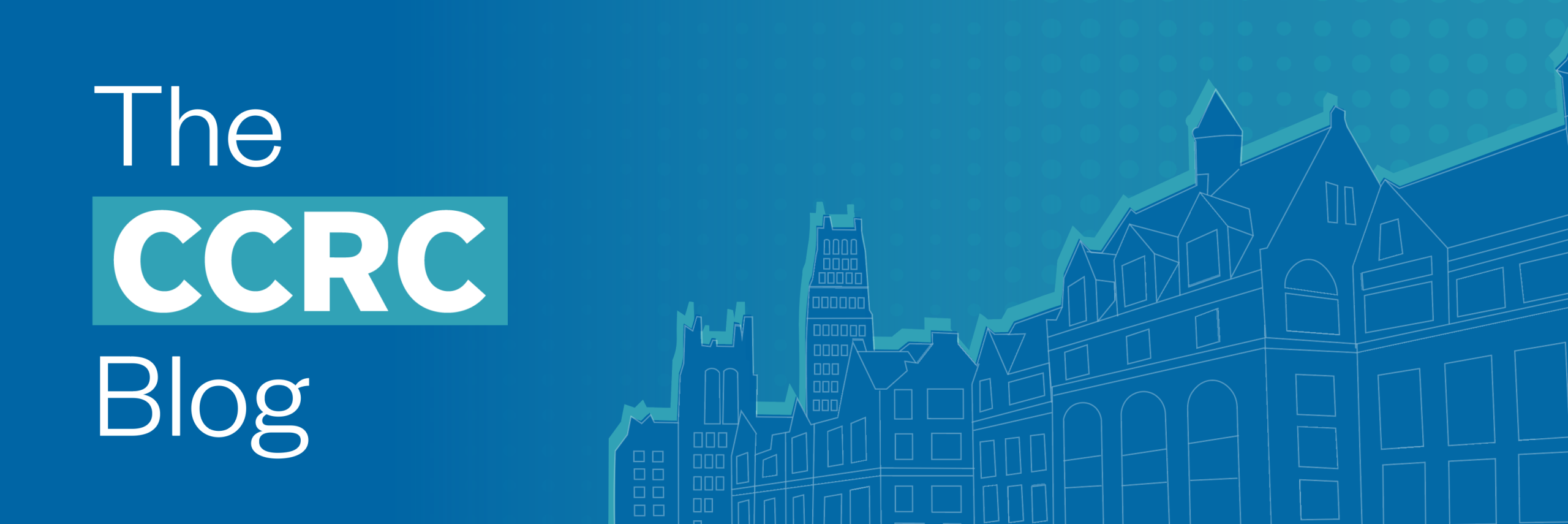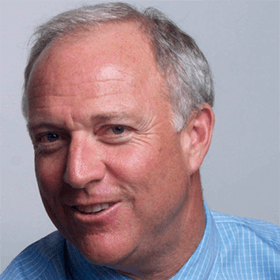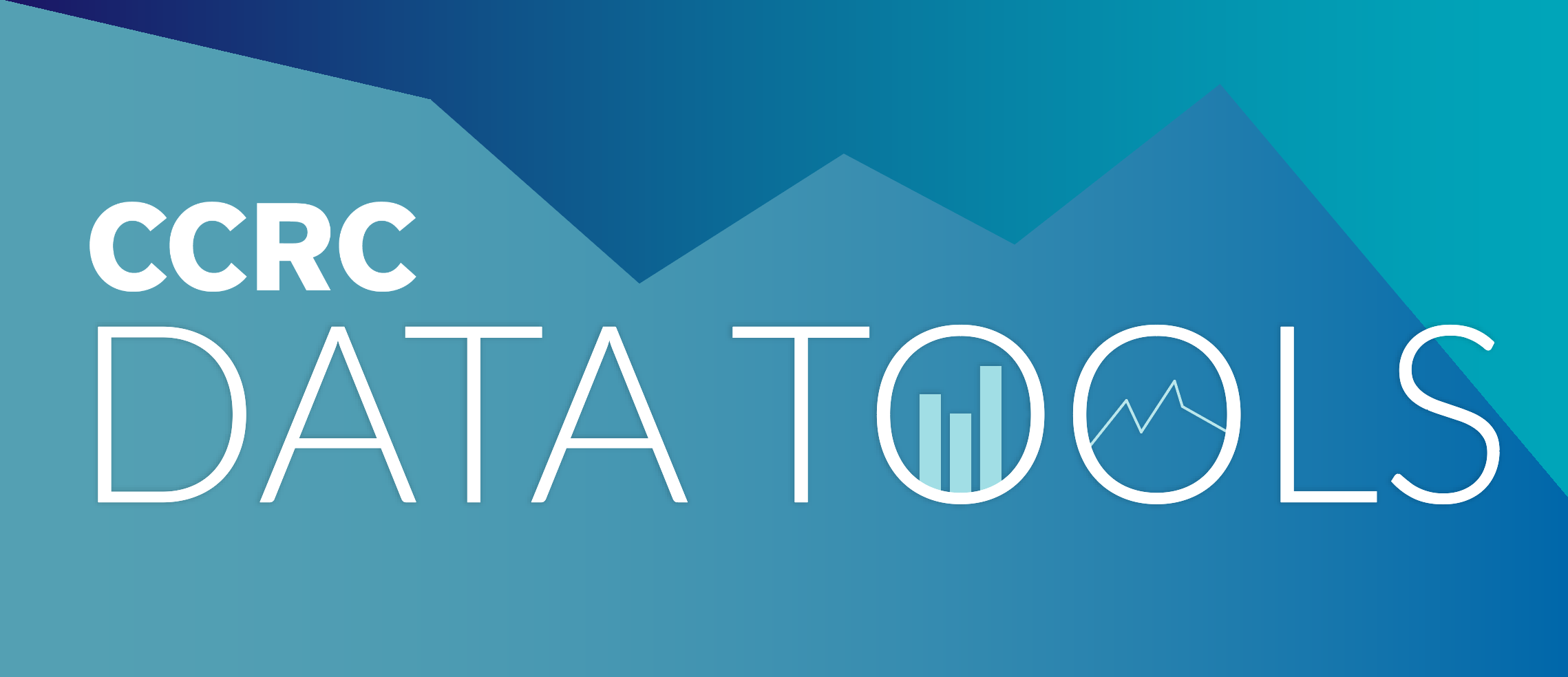With concern about climate change running high among young people, community colleges have integrated climate issues into the curriculum, infusing themes of sustainability and climate action in courses from English and public speaking to engineering and political science. To reinforce students’ engagement with climate issues, colleges are also deploying effective climate pedagogy, incorporating evidence-based strategies such as active learning, inquiry pedagogy, and high-impact practices into their courses.
Biologist Sean Whitcomb teaches at Mesa Community College, a Hispanic Serving Institution enrolling 14,000 students from the Phoenix metropolitan area. His environmental biology course, which satisfies a general education requirement, offers an example of powerful climate pedagogy and the potential impact of engaging students with “wicked problems.”
In this class, Whitcomb focuses an early student project on trees. Students read peer-reviewed articles, researching the role of trees in mitigating extreme heat, creating shade, and absorbing carbon from the atmosphere. Students incorporate findings into an infographic to increase public awareness of the environmental, economic, and social benefits of urban trees. “They weave in all three key aspects of sustainability,” Whitcomb explains.
Join a September 10, 2025, CCRC webinar (2 p.m. ET/11 a.m. PT) introducing the Advanced Infrastructure, Energy, and Agriculture (AIREA) Data Explorer, which illustrates regional alignment between credentials conferred at community colleges and demand for middle-skill workers.
Register for C3 Converge: The Community College Climate Summit, September 29-30, 2025, in Anaheim, California. Sponsored by the California Community Colleges Chancellor’s Office and the Foundation for California Community Colleges.
Working in teams, Whitcomb’s students then use software created by the U.S. Forest Service to examine the amount of tree cover in local census tracts. Each team studies four tracts, representing diverse neighborhoods. “In many cities, neighborhoods with lower socioeconomic status have fewer trees,” Whitcomb explains. “We’re trying to see whether that’s the case here.” Teams pool data and discuss evidence suggesting that poor neighborhoods, those already most vulnerable to extreme heat, have the least tree cover.
Energized by their discoveries, students ask, “How could we change this situation?” Student teams develop policy recommendations to present to the city’s sustainabilty coordinator. As they do so, they grapple with new complications. Planting trees is good, but trees need pruning and other maintenance. “In a resource-poor neighborhood,” Whitcomb asks, “who’s going to do that maintenance?”
Above all, trees need water—and Arizona is running out of water. Should the city use precious water to nurture trees that mitigate heat, or save water to ameliorate the water crisis? Preparing to meet with the sustainabilty coordinator to discuss their recommendations, students grapple with the complex factors involved in potential climate solutions.
Whitcomb’s collaborative inquiry project demonstrates characteristics of effective high-impact practices as defined by George Kuh, including significant effort over an extended period of time; timely and constructive feedback; interactions with faculty and peers about substantive matters; real world applications; and public demonstrations of competence.
Whitcomb’s class also illustrates the potential of engaging students with “wicked problems,” open-ended problems whose parameters are shifting and uncertain and where solutions require integration of diverse bodies of knowledge and often raise new questions. Homelessness, the COVID-19 pandemic, and climate change are examples of wicked problems.
Asking students to grapple with real-world issues in the context of their communities, Whitcomb and other climate educators use wicked problems as essential preparation for jobs in climate fields and, more broadly, for life in a hotter, more volatile world. The process can help students build higher-order competencies such as systems thinking, creative problem-solving, collaboration, and communication. And it helps them prepare for the interconnected issues they’ll face in years to come.
A recent National Academy of Sciences “consensus study report,” Strengthening Sustainability Programs and Curricula, summarizes the growing body of research on the value of engaging students with the wicked climate problems facing their communities. Learning in complex, real-world contexts, the report argues, not only builds understanding of climate issues but also deepens “the capacity for critical thinking and application of knowledge in complex or ambiguous situations, and a recognition of the values of lifelong learning, including learning in the workplace.“
Such approaches are most common at elite universities. Recognizing that higher-order skills are important for their students as well, community college faculty are now adopting these approaches. Faculty at Maryland’s Montgomery College focus students on workable solutions to local plastics contamination. Sarah Durand of CUNY’s LaGuardia Community College has students do research on Newtown Creek, a nearby Superfund site, collaborate with the Newtown Alliance, a climate-focused community groups, and propose solutions through the New York City Council’s participatory funding process. In these and other cases, students grapple with scientific, social, and political contexts to advance meaningful strategies for change.
Mesa’s Sean Whitcomb recognizes the importance of hope and agency in climate pedagogy. Student reflections suggest his course helps them develop what he calls “realistic hope” as well as adaptive learning and employability skills.
“Students say, ‘We can’t always achieve all our goals. But now I see we can do something. And doing something is much better than doing nothing,’” Whitcomb explains. “That’s the most common thing I hear. Students come out more engaged, more ready to be part of the solution.”





